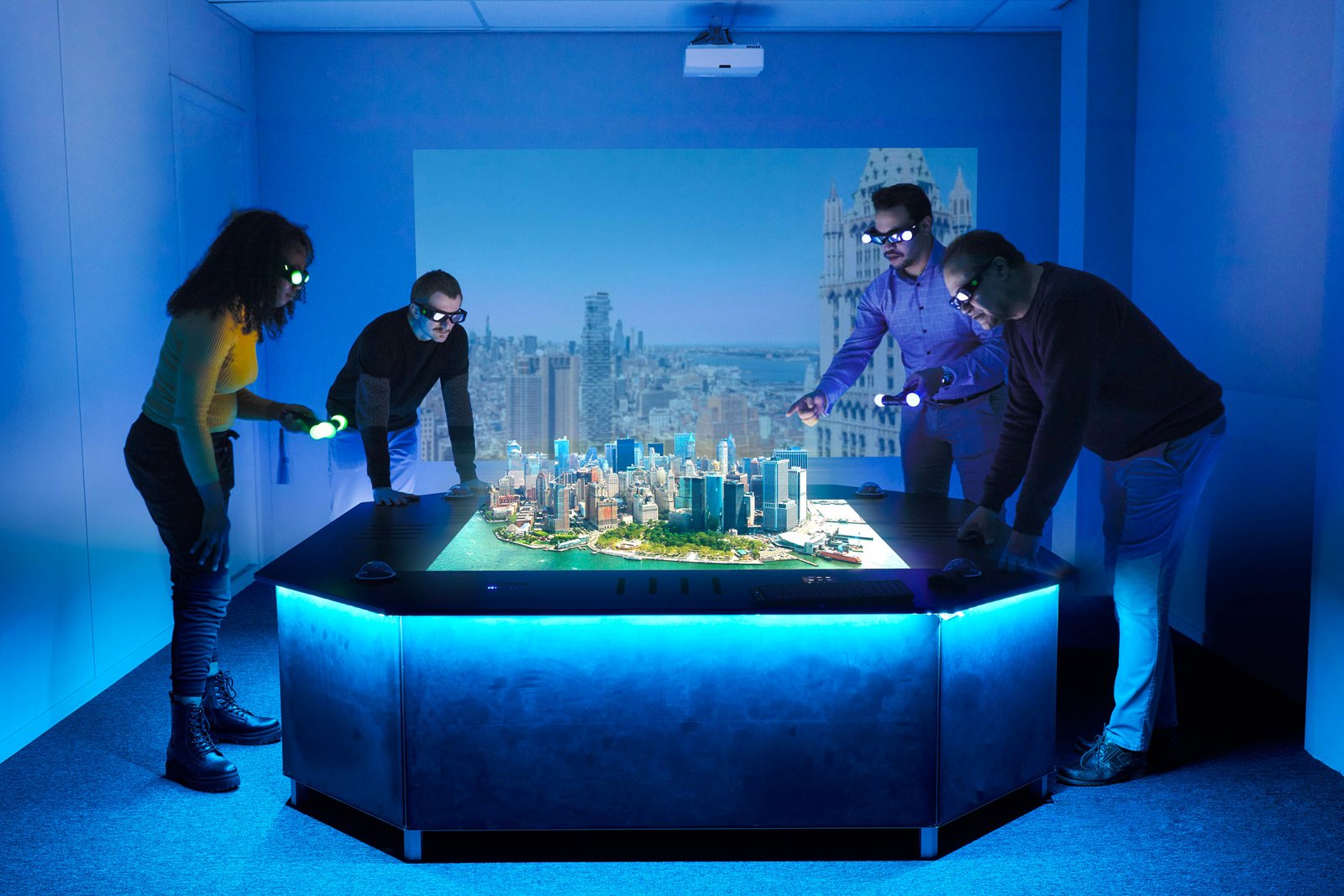In the ever-evolving digital landscape, businesses and content creators are constantly seeking innovative ways to engage and retain users. One such technique that has gained significant popularity in recent years is the use of interactive 3D models.
These virtual representations of real-world objects have revolutionized the way we interact with digital content, providing a highly immersive and engaging experience.
In this blog post, we will delve into the impact of interactive 3D models on user engagement and retention, exploring how they enhance the user experience and drive better business outcomes.
.
.
Enhanced Visualization and Realism
One of the primary advantages of interactive 3D models is their ability to provide a realistic and immersive visual experience. Unlike traditional static images or videos, 3D models allow users to explore and interact with objects from various angles and perspectives. This level of realism creates a sense of presence and depth, making the content more engaging and captivating for users. Whether it’s a product showcase, architectural visualization, or educational content, interactive 3D models enable users to visualize and understand complex concepts with ease.
Increased Interactivity and Engagemen
Static content often fails to keep users engaged for extended periods. However, interactive 3D models offer a dynamic and hands-on experience that keeps users actively involved. By allowing users to manipulate and control the 3D objects, such as rotating, zooming, or animating them, the level of interactivity increases significantly. This interactivity promotes a sense of exploration and discovery, leading to prolonged engagement with the content. Users are more likely to spend time interacting with a 3D model, exploring its features and functionalities, resulting in a deeper understanding and connection with the subject matter.
.
.
.
Improved Learning and Information Retention
In educational and training contexts, interactive 3D models have proven to be highly effective tools for conveying complex information. By providing a tangible representation of abstract concepts, these models facilitate better comprehension and knowledge retention. Users can interact with the model in a self-directed manner, allowing them to explore different components, dissect objects, and understand their inner workings. This hands-on learning approach not only enhances engagement but also improves the long-term recall of information, as users actively participate in the learning process.
Personalized and Customizable Experiences
Interactive 3D models can be tailored to meet individual user preferences, enabling personalized experiences. Users can customize the appearance, textures, colors, and even functionalities of the model, fostering a sense of ownership and personalization. This level of customization not only enhances engagement but also allows businesses to gather valuable insights about user preferences and behavior. By analyzing user interactions within the 3D environment, businesses can refine their marketing strategies and product offerings, ultimately leading to higher user satisfaction and retention.
Impact on E-commerce and Marketing
For e-commerce businesses, the impact of interactive 3D models is particularly noteworthy. These models provide a more immersive and realistic representation of products, bridging the gap between online and offline shopping experiences. Users can inspect products from all angles, zoom in to examine details, and even interact with product features before making a purchase decision. This enhanced visualization significantly reduces the uncertainty associated with online shopping and increases customer confidence, resulting in higher conversion rates and reduced product returns.
Conclusion
Interactive 3D models have emerged as a powerful tool for enhancing user engagement and retention in various domains, including education, marketing, and e-commerce. By providing a realistic, interactive, and customizable experience, these models captivate users’ attention, improve information retention, and foster a deeper connection with the content. As technology continues to advance, we can expect interactive 3D models to become even more prevalent, transforming the way we engage with digital content and opening up new possibilities for businesses and creators alike.



